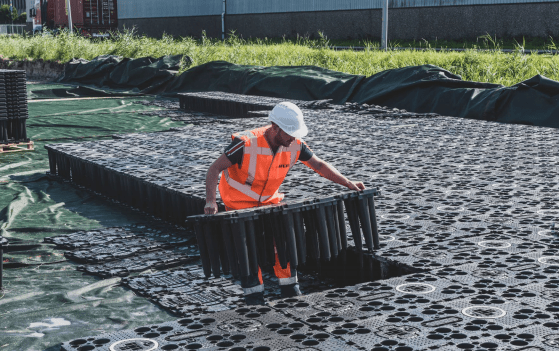The Mexican company Orbia lowered its Capex outlook, but improved its EBITDA forecast at the end of the third quarter of 2021 compared to its estimates for the immediately previous quarter.
Now the company expects an EBITDA growth for the year 2021 around a range of 44 to 48% in relation to the EBITDA level of 2020.
This revised outlook reflects the robust performance observed during the first nine months of the year, mainly in Polymer Solutions, in addition to the good environment that is expected to continue, although gradually more moderately in the rest of 2021.

Earlier, in the second quarter of the current year, Orbia expected EBITDA growth for 2021 around a range of 32 to 35% in relation to the EBITDA level of 2020.
Orbia
While the CAPEX outlook for the current year is now estimated to be in the range of $ 300 to $ 350 million, in the previous quarter the projected range was $ 350 to $ 400 million.
Orbia’s management team indicated that it is fully confident that the continued execution of its strategic plans focused on organic growth and selective acquisitions will generate sustained and profitable growth.
Although this revised perspective assumes the absence of material disruptions related to the pandemic or of another type that affect Orbia’s businesses.
Profile
The company’s business groups are Precision Agriculture (Netafim), Data Communications (Dura-Line), Building and Infrastructure (Wavin), Fluor (Koura) and Polymer Solutions (Vestolit) that collectively, according to their own self-definition, seek ensure food security, reduce water scarcity, reinvent the future of cities and homes, connect communities with data infrastructure, and expand access to health and wellness with advanced materials.
Orbia has commercial activities in more than 100 countries and operations in 41, with offices in Mexico City, Boston, Amsterdam and Tel Aviv.
Furthermore, the company is a leading provider of products and solutions in multiple sectors, including construction and infrastructure, agriculture, health, transportation, telecommunications, energy and chemicals, among others.
It is also one of the largest producers of plastic pipes and fittings in the world and one of the largest chemical and petrochemical companies in Latin America.

The company’s main products are: PVC, polyethylene (PE) and polypropylene (PP), high-density polyethylene (HDPE) pipes and fittings, irrigation drippers and geosynthetics; as well as fluorite, fluorocompounds, hydrofluoric acid, refrigerant gases and medical propellants, and finally resins and polyvinyl chloride (PVC) compounds, among others.
![]()

